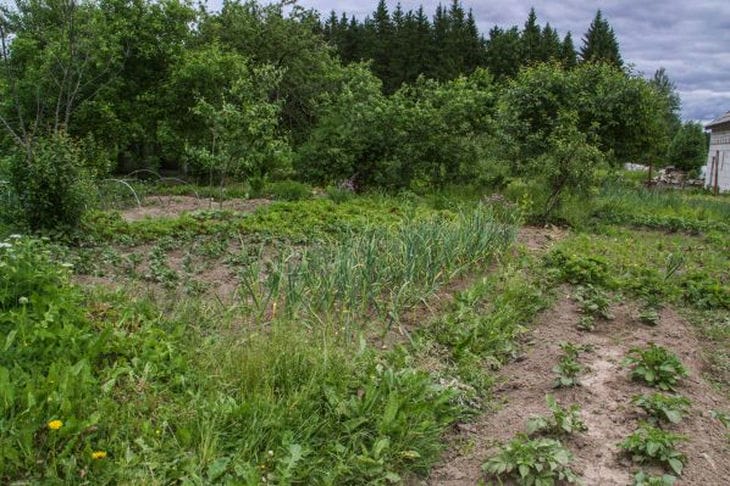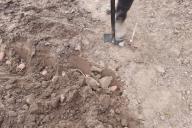Wireworm can significantly affect potato yields and create many problems for gardeners.
This click beetle larva lives in the soil, feeding on fruits other than potatoes, and can live there for up to four years before turning into a beetle.
Therefore, it is important to take measures to control it in advance in order to protect your harvest, says Anastasia Kovrizhnykh .
There are many methods of controlling wireworms, but one of the most effective is the use of dolomite flour.
Dolomite flour contains a lot of calcium and magnesium, which helps improve the soil structure and reduce acidity, which negatively affects the growth of wireworms.

To use dolomite flour to combat wireworms, it must be scattered on the ground and then dug up. It is important to use dolomite flour in sufficient quantities - a half-liter jar per square meter.
Additionally, periodic tilling of the soil can help control wireworms by killing the larvae that are in the top layer of soil. Other methods such as mulching the soil can also be used to prevent wireworms from multiplying.
If horsetail or woodlice grow on your plot, this may be a sign of acidic soil, where wireworms live. In this case, it is necessary to combat soil acidity using dolomite flour or other fertilizers.
This procedure can be repeated in the fall to ensure that the wireworm will no longer bother you next year.
In general, the use of dolomite flour and periodic digging of the soil are simple but effective ways to combat wireworms.
It is important to remember that fighting wireworms requires patience and persistence.
You can't expect instant results, but if you regularly carry out this procedure every year, you will not only be able to protect your site from wireworms, but also significantly improve the quality of the soil.
Earlier we talked about mistakes in watering tomatoes.









